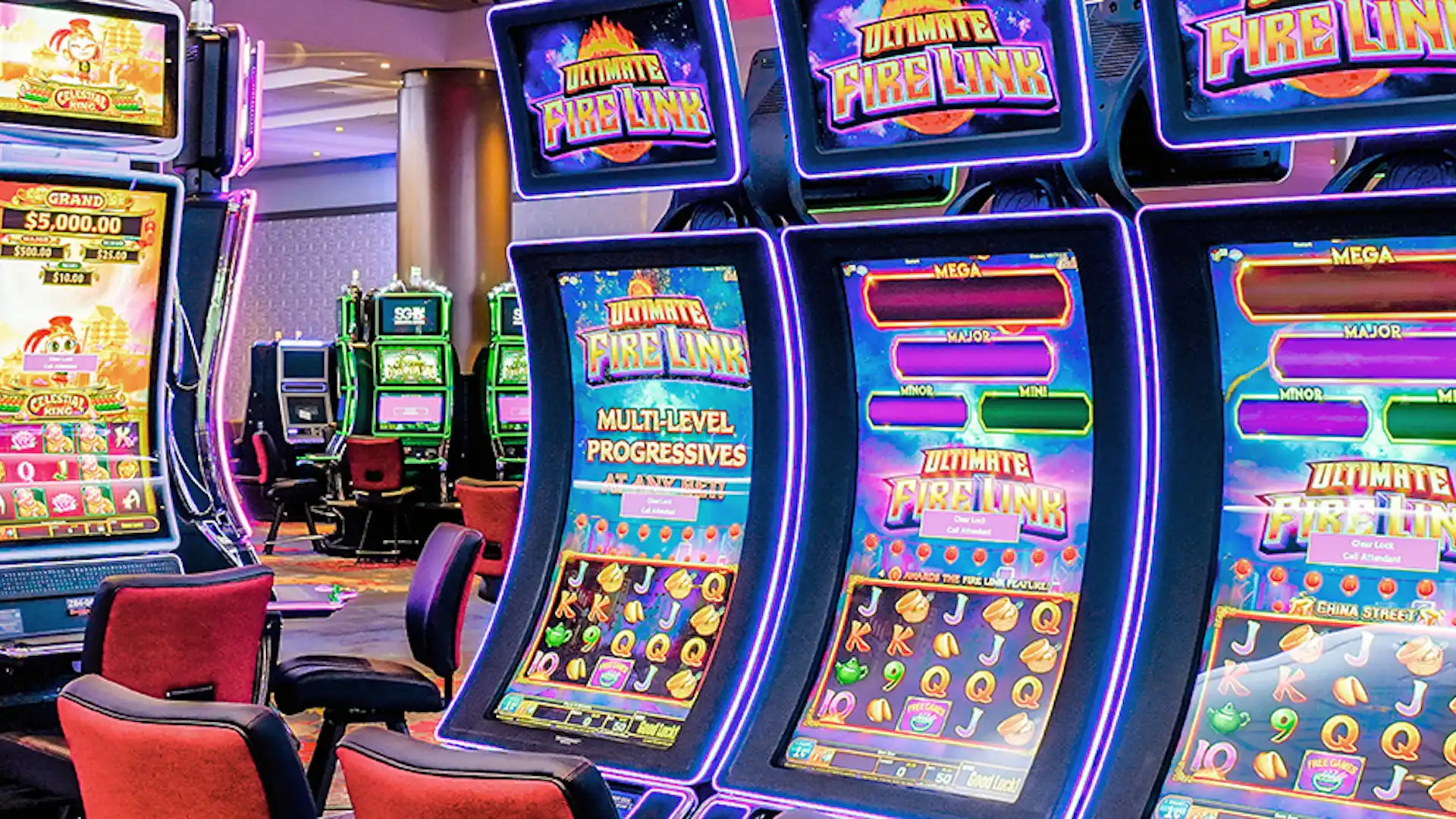
Within the dynamic and stimulating world of casinos, where luck and strategy intertwine, color and design play a pivotal role in attracting gamblers. From the moment players step into a casino or access a gaming website, they are immersed in a visual feast that grabs their attention and lures them to discover more. Vivid colors, engaging graphics, and innovative layouts are meticulously crafted to create an atmosphere of thrill and expectation, ultimately enhancing the gaming experience.
While gamblers move through the dynamic landscape of casino games, they encounter a range of designs that not only serve visual purposes but also influence emotions and choices. Colors like red and gold symbolize wealth and luck, while calm blues and greens can create a much tranquil environment. Grasping how these elements function together allows casinos to create an inviting and energizing atmosphere that encourages players to interact with the games, invest more time at the tables, and increase their overall enjoyment.
The Psychology of Color in Casino Games
Tint plays a key role in the development of gaming experiences, affecting players’ feelings and behaviors. Bright and striking colors, such as crimson and amber, are often used to ignite enthusiasm and attract notice. These colors create a feeling pressure and energy, encouraging gamblers to participate more enthusiastically with the experience. By thoughtfully selecting hues, creators aim to inspire feelings of joy and excitement, which can enhance the total player experience.
Various shades also have psychological connotations that can affect how gamblers perceive their chances of winning. For case, lime is commonly associated with luck and prosperity, making it a frequent choice in activities like the roulette wheel and poker games. This association can cause gamblers to feel more hopeful and self-assured in their gameplay, ultimately motivating them to stake more. Grasping these connections allows game creators to craft environments that enhance player satisfaction and engagement.
Moreover, the layout of gambling game interfaces often employs gradients and opposing shades to direct players’ actions. For instance, successful results may be accentuated with vivid, differing colors, creating a visual incentive. This approach strengthens positive outcomes and supports repeated engagement. By utilizing the science of color, casinos can create activities that not only captivate gamblers but also keep them involved and invested in their game experience.
Design Features that Attract Players
The visual appeal of casino games is primarily influenced by the implementation of vibrant colors. Lively and contrasting colors are strategically chosen to create an appealing atmosphere that captures attention. F8BET For instance, crimson and golds often signify luck and wealth, which is why they are prevalent in the palettes of slot machines and table surfaces. These colors not only draw players in, but they also stir emotions related to excitement and expectation, enhancing the total gaming experience.
In parallel to color, the design and layout of casino games play a significant role in player attraction. Games are designed to be intuitive, ensuring that players can easily understand the guidelines and gameplay. User-friendly interfaces, along with engaging graphics and animations, help maintain gamer interest and encourage longer play sessions. The physical elements, such as the feel of the buttons and the sounds of the games, also add to a holistic sensory experience that keeps players immersed.
Finally, conceptual elements in gaming design can significantly influence gaming decisions. Many gambling games are inspired by media, myths, or adventure themes, incorporating symbols and characters that resonate with players. https://f8bet.co.com/tai-app-f8bet/ These themes create a sense of engagement and connection, making each game feel unique. When players feel a connection to the concept, they are more likely to opt for that game over others, leading to increased participation and enthusiasm within the casino environment.
Case Studies: Notable Casino Slot Designs
One key example of successful gambling game design is the acclaimed slot machine series based around blockbuster movies. Games such as those based on the Wizard of Oz and Game of Thrones utilize bright colors and top-notch graphics to immerse players in familiar narratives. The employment of dynamic visuals and captivating sound effects takes the attention of players, creating an emotional connection to the theme. This strategy not only fosters longer play but also boosts the overall gaming experience, resulting in increased player retention.
Another successful case is the application of color psychology in table games like blackjack and roulette. Casinos often develop these games with dark reds and greens, colors traditionally linked with luck and wealth. For instance, the emerald felt on a 21 table provides a relaxing effect, while the red accents in the wheel invite thrill. This intentional use of color helps to foster an inviting atmosphere that encourages players to join in, fulfilling their psychological impulses and boosting their enjoyment.
Finally, social casino games that incorporate community features and lively, dynamic designs have experienced remarkable success in engaging players. Games like Zynga Poker and Slot-O-Mania leverage bright colors and playful animations to create an inviting online environment. The integration of leaderboards, community sharing options, and in-game rewards encourages competition and community, drawing players in for longer sessions. Such designs not only make the games visually enticing but also emphasize social interaction, a key factor in player retention and engagement within online casino environments.